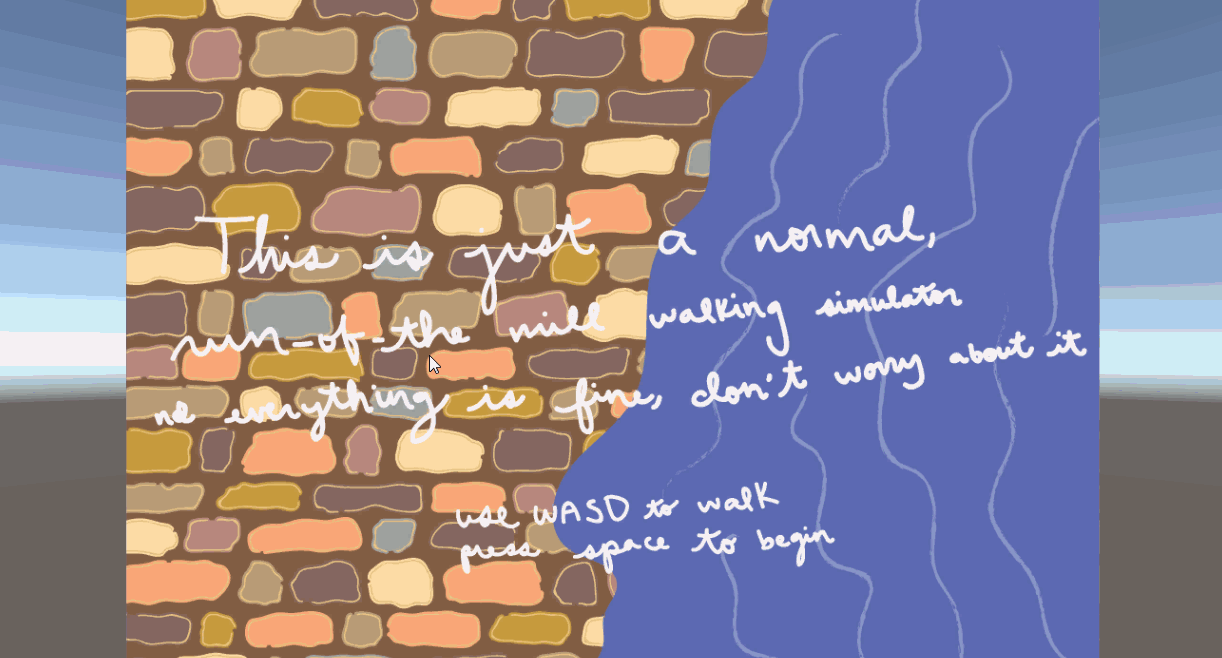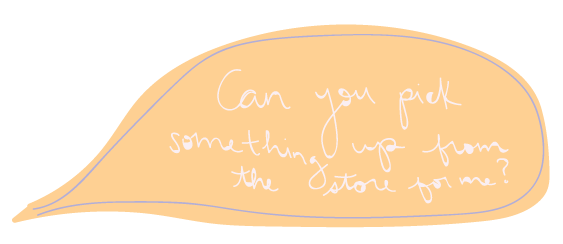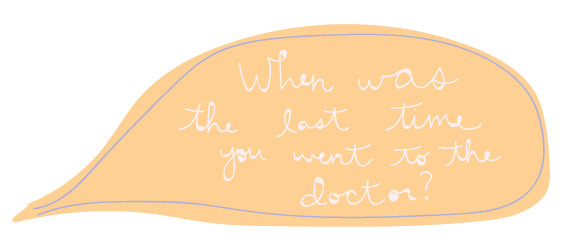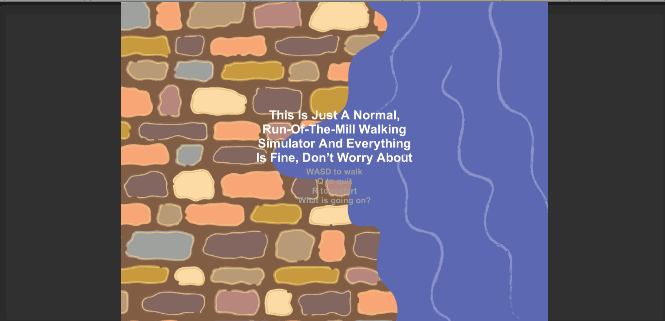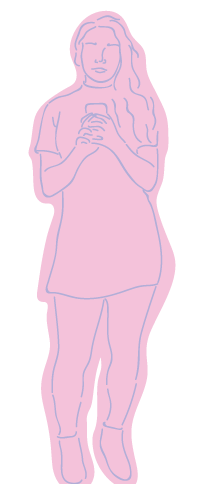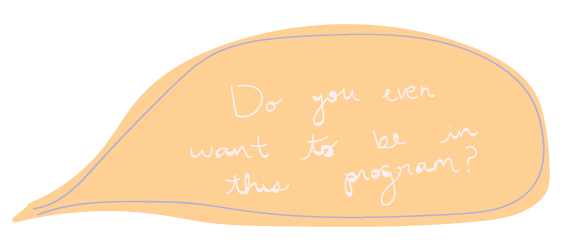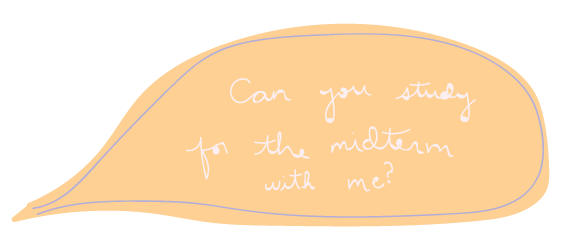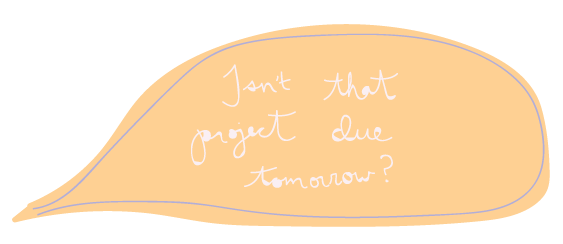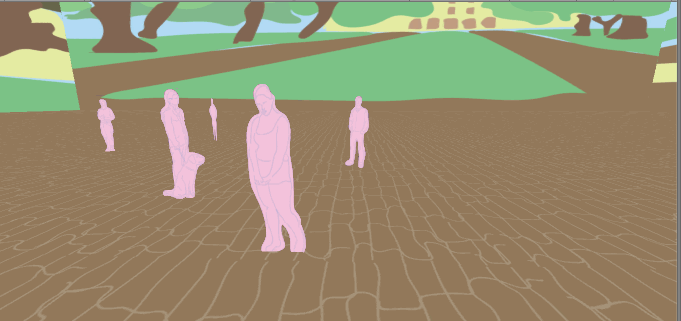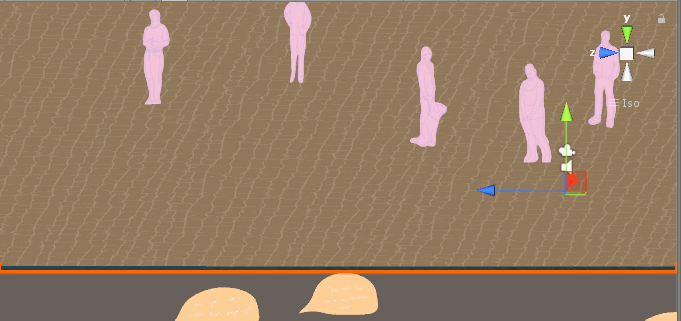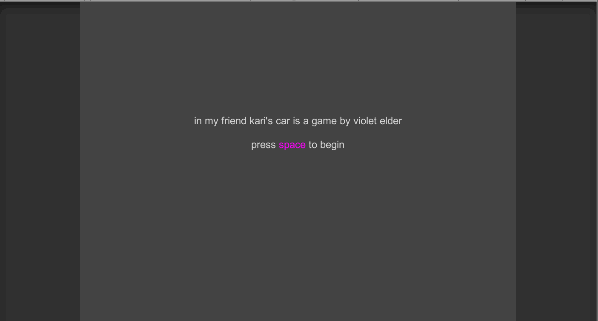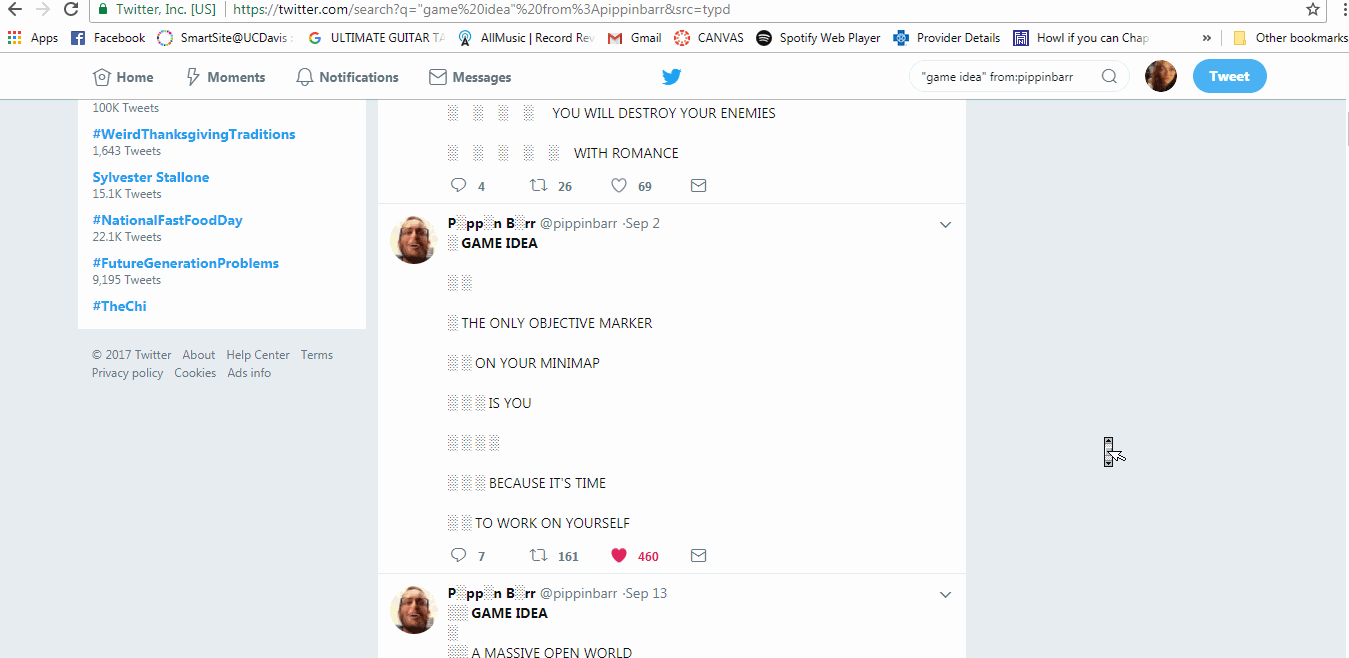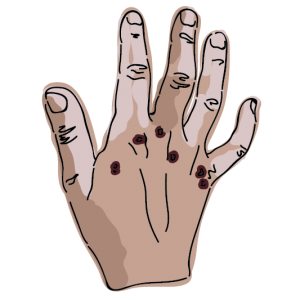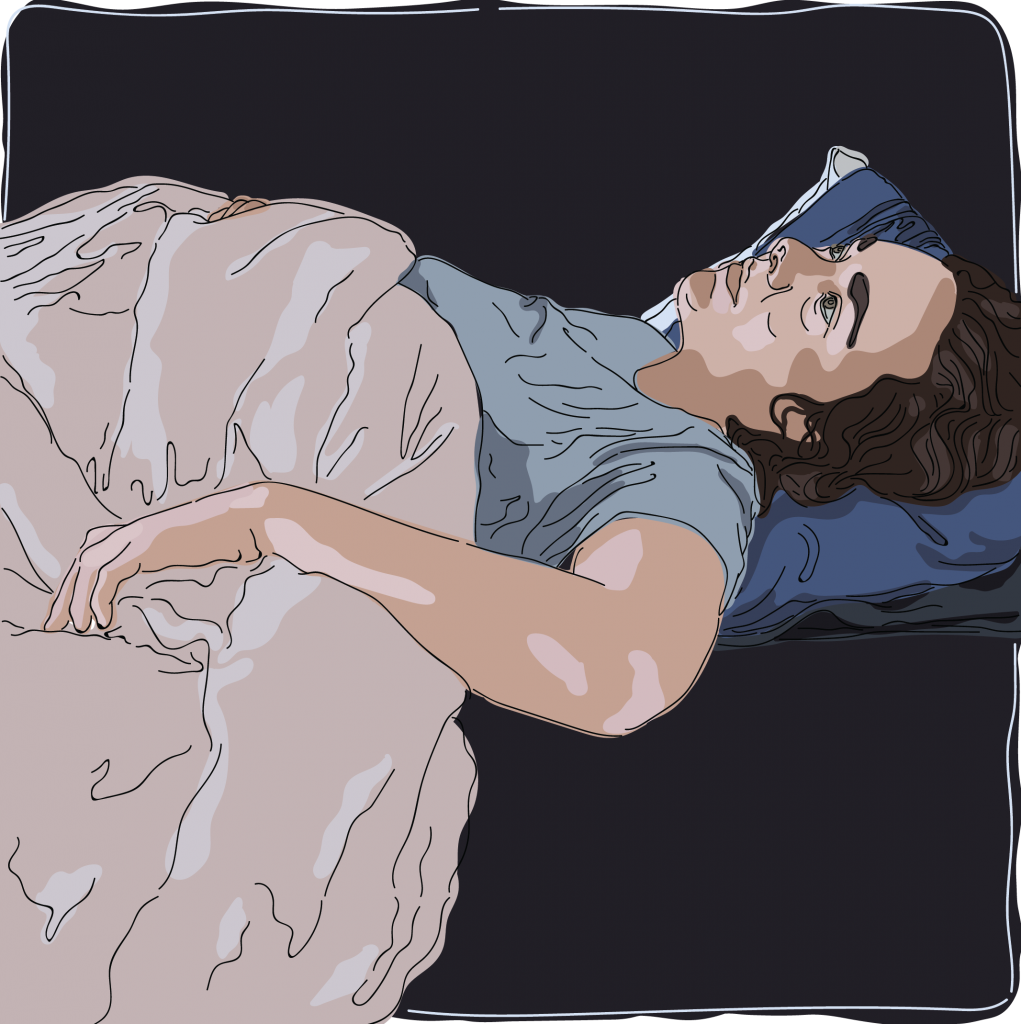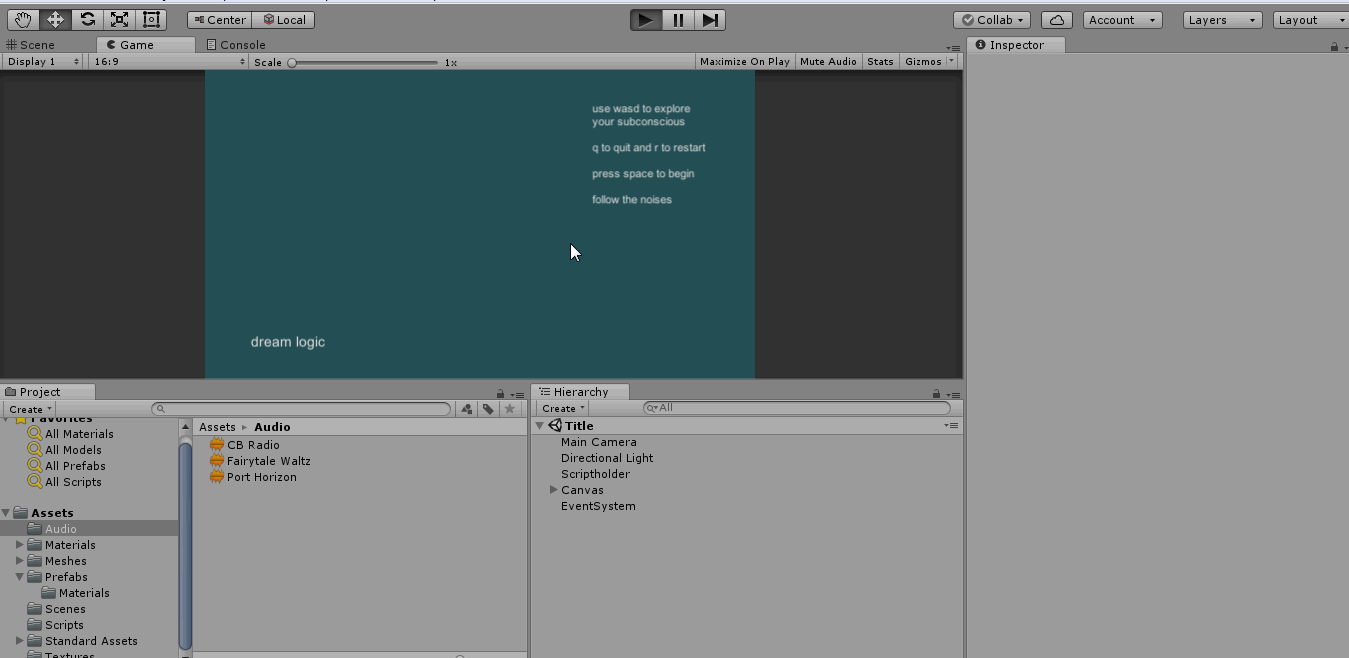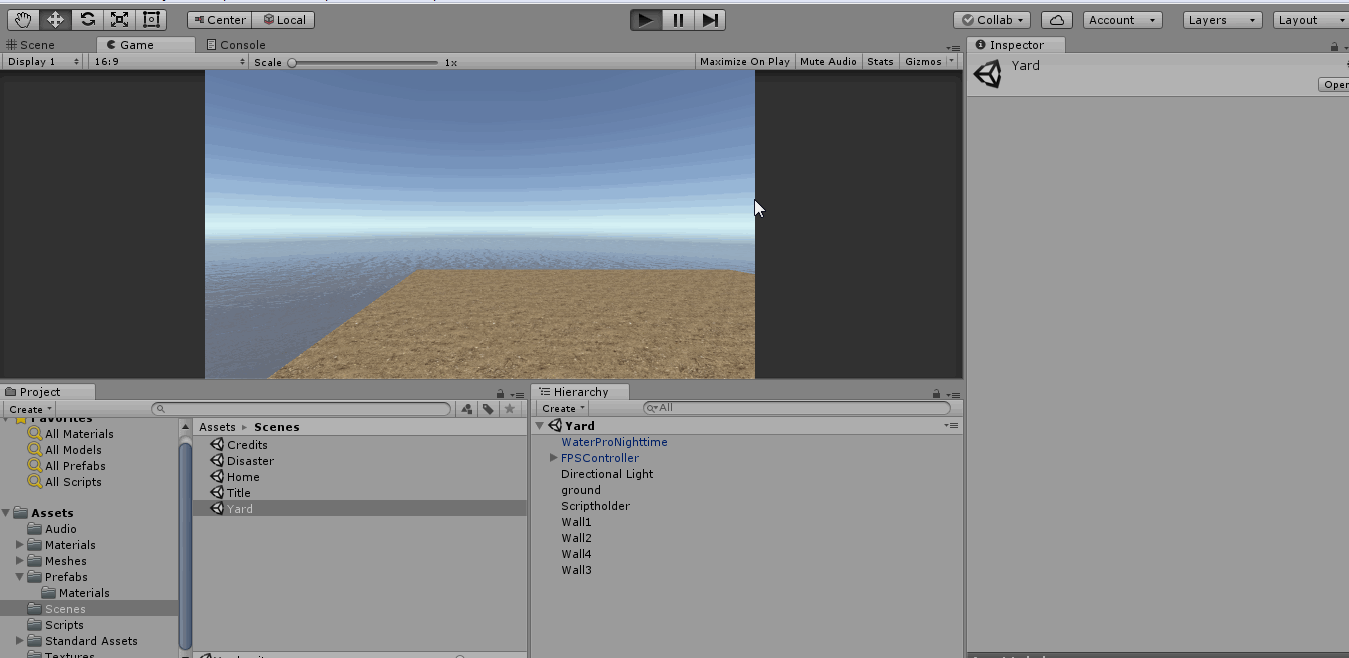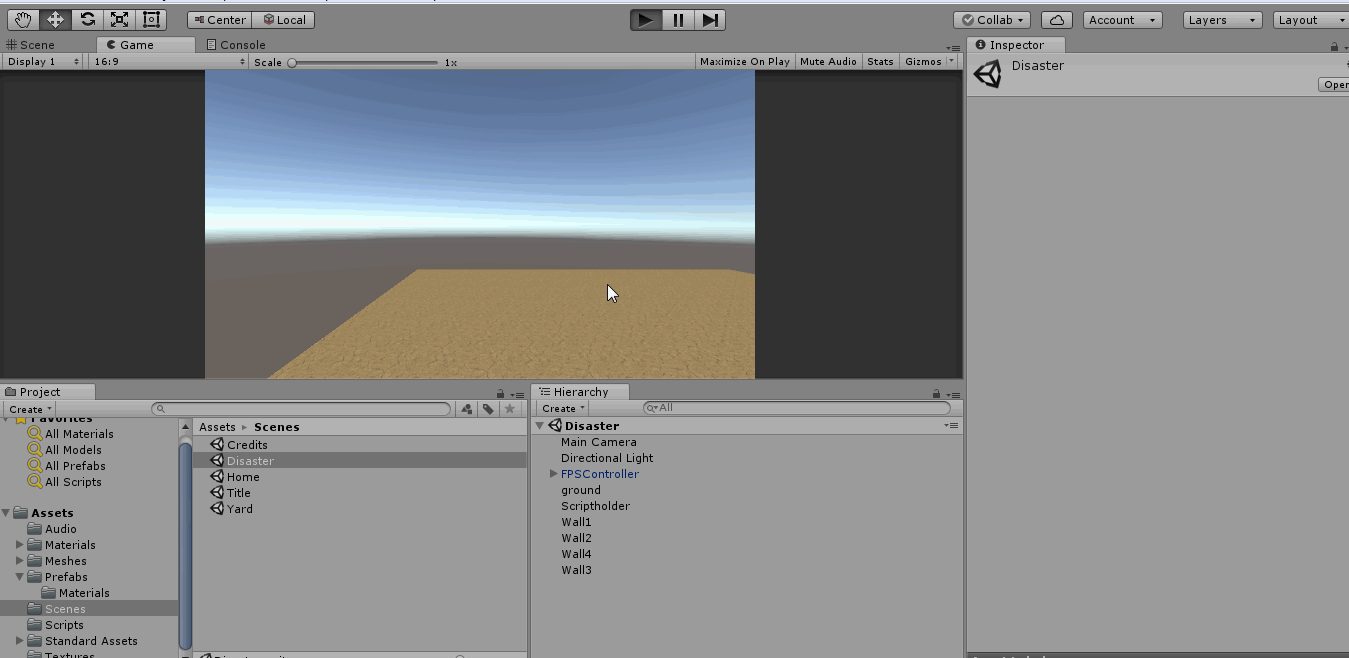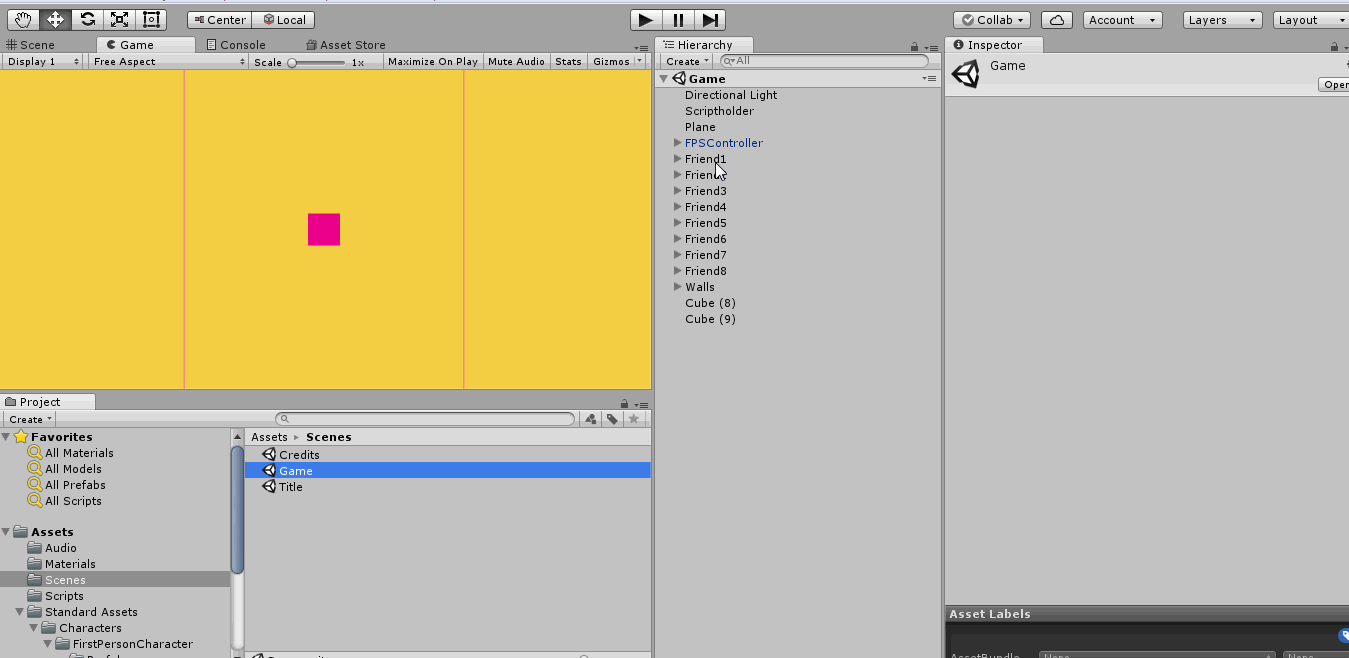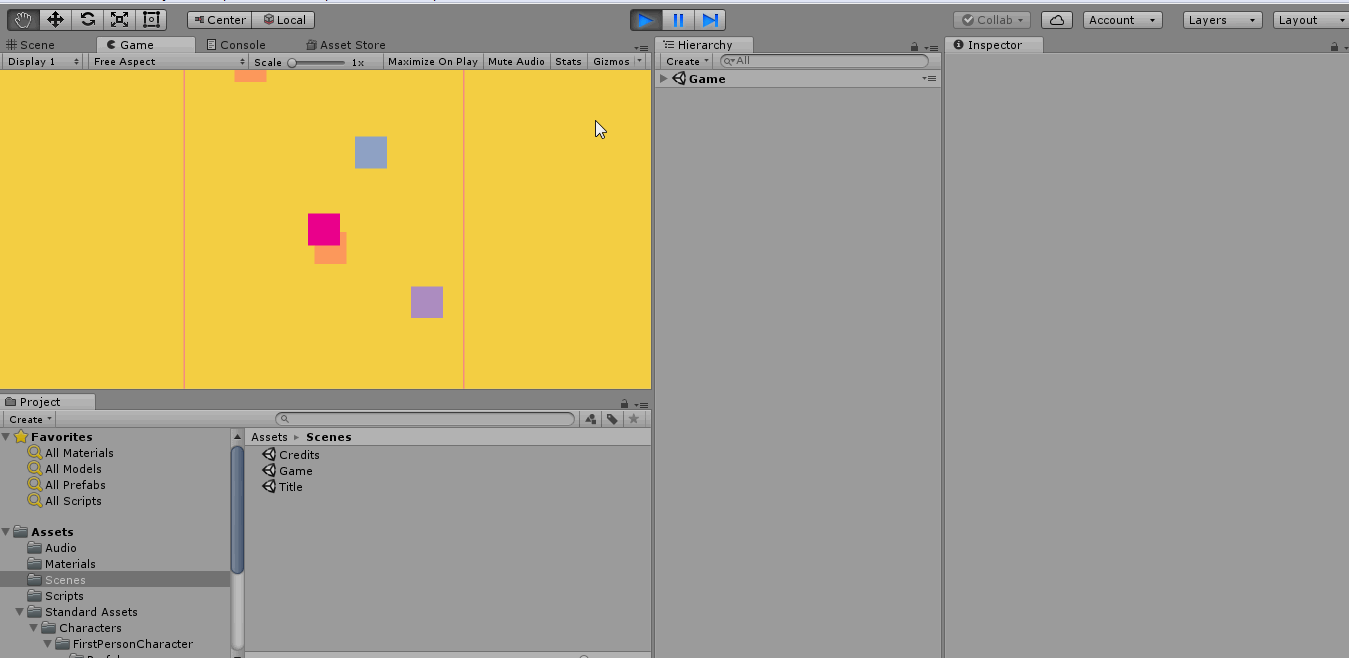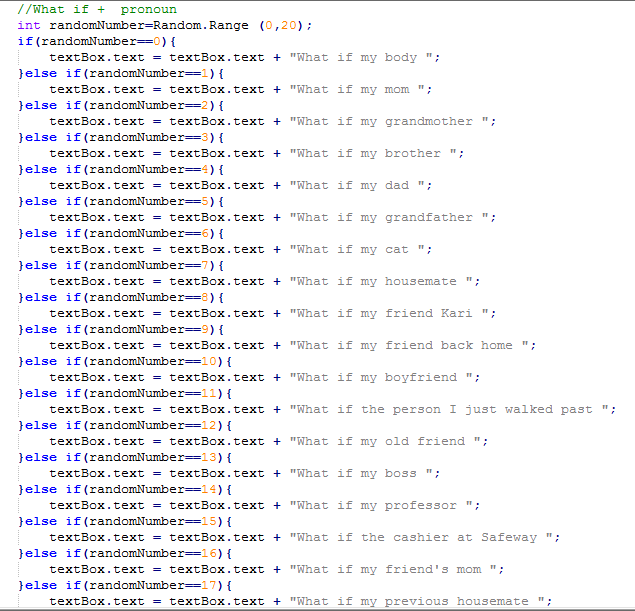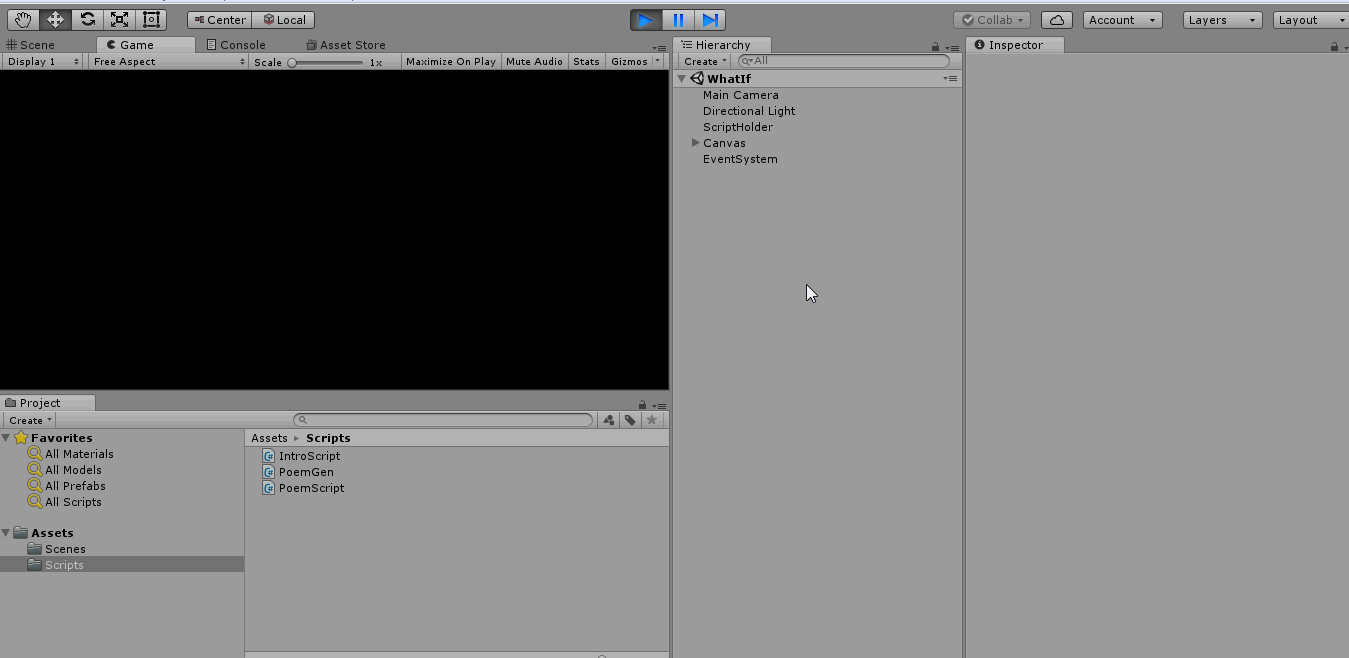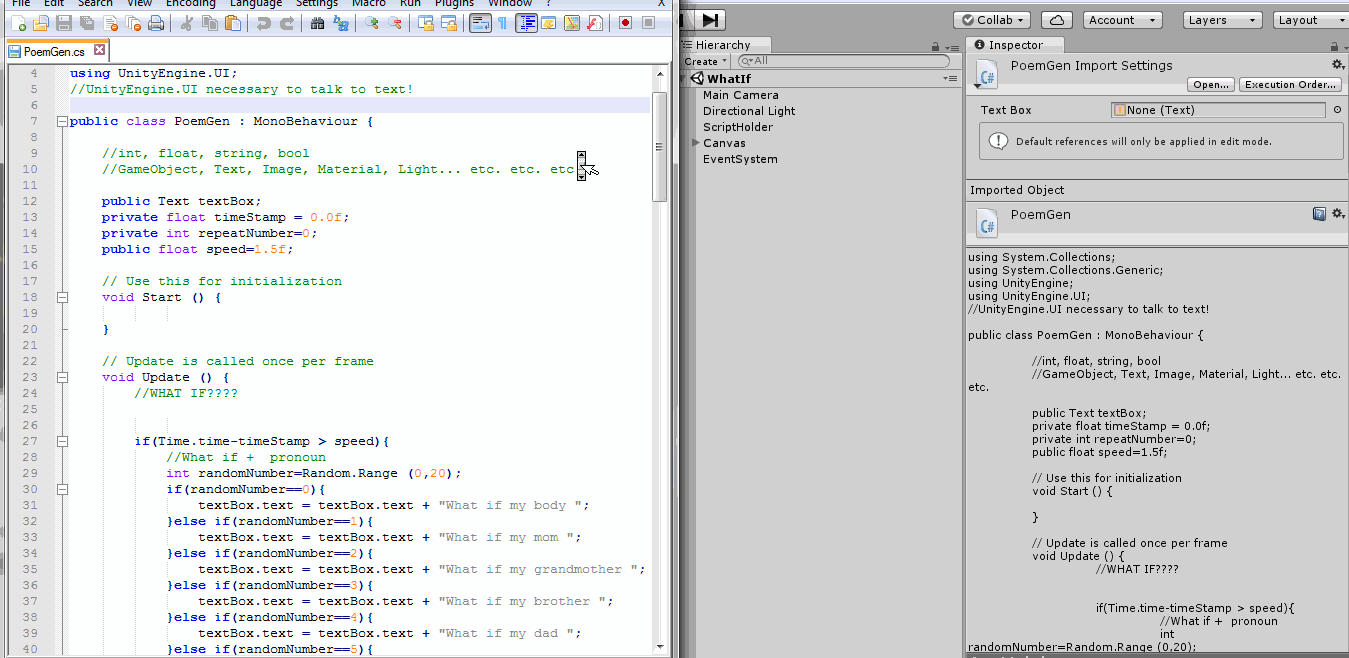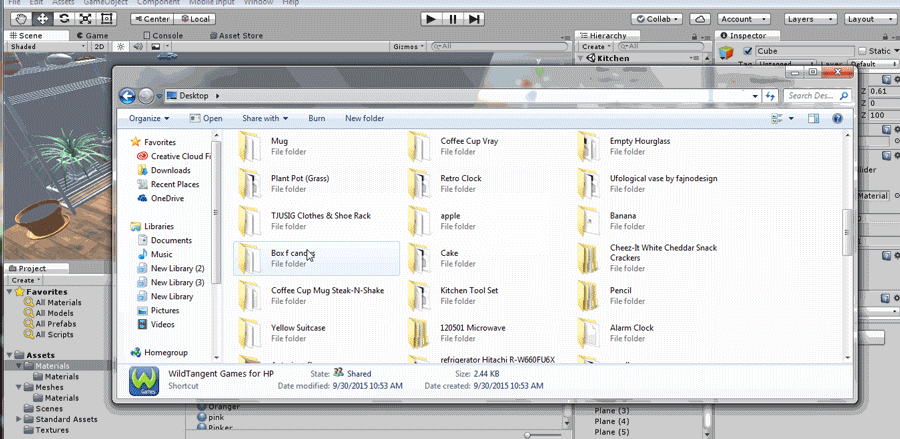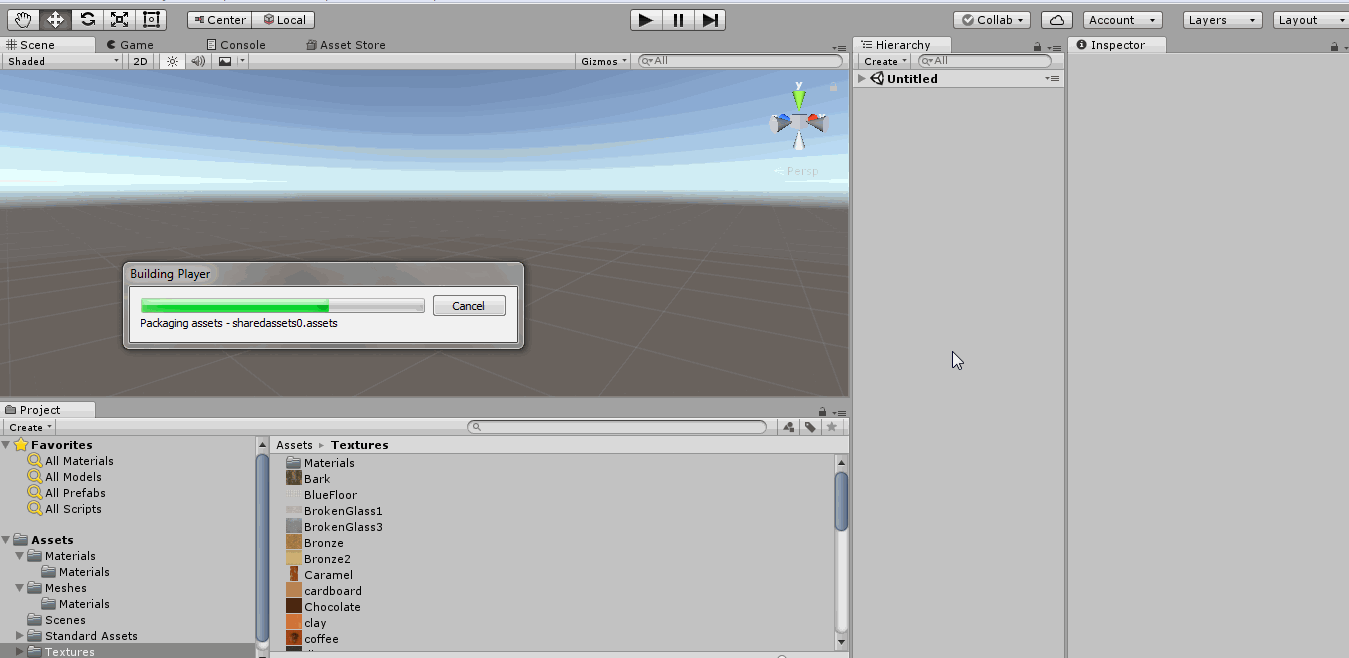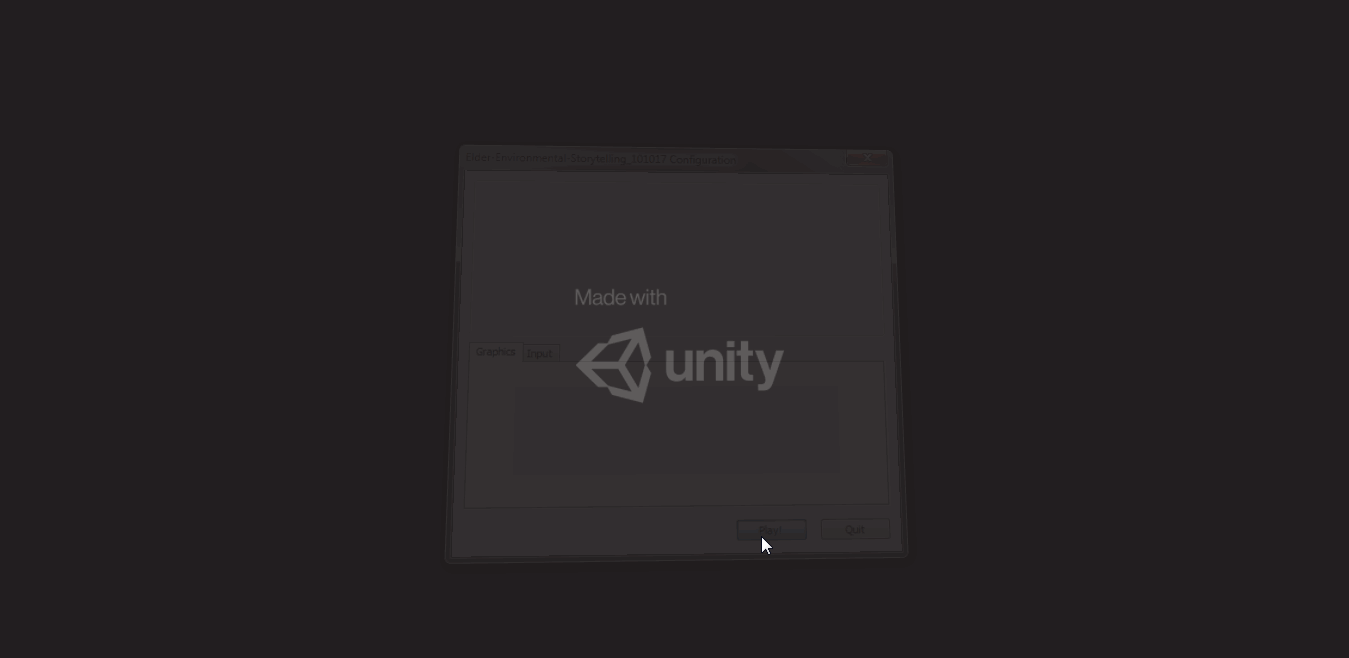Coming into this week, I had two big projects to finish and one 10-page paper to write. I had a whole thing typed up here, talking about being really sick, having the worst period pain of my entire life, pulling a bunch of all-nighters, feeling so fragile and close to breaking down that, when I went to Target for some final materials for my other project, I picked up some baby socks and a stuffed animal in the dollar section and just walked around holding them for an hour or so because they were soft and I needed some small soft thing to help me feel safe. I’m not sure I really want to write all that down in any more detail, because part of it feels like I’m trying to prove that how bad of a state I was in, maybe as some sort of an excuse, and I shouldn’t have to prove anything, nor am I really trying to make any excuses. I also had to cancel my appointment with my therapist this week, because I wanted to go to The Play’s The Thing, and my appointment was during the event, and it feels a little weird to talk about some of the serious things that happened this week in a dev log/blog post before I talk about them with my therapist. I’ll just say that I was in a really bad place, psychologically. That made working on this game kind of strange for me.
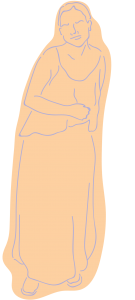
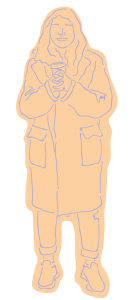
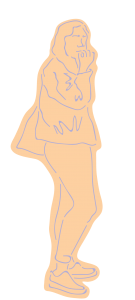
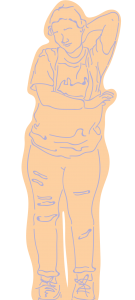
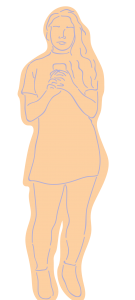
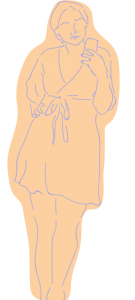
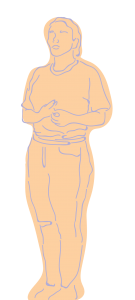
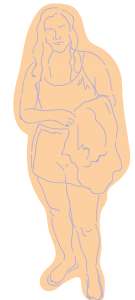
On the one hand, I wanted to get it “perfect,” I wanted to feel proud of it, I wanted to get the best grade possible on it. On the other hand, how ridiculous to be sacrificing my already really compromised mental well-being for the sake of a game about my mental well-being.

I’m not sure it’s appropriate to talk about this here, but a couple of my games have touched on how isolating mental illness can be, and how harmful that isolation can be, so, again, it feels a little ridiculous to be making games about isolation and the feeling that I can’t or shouldn’t talk about my mental illness, and then, in practice, to not talk about my mental illness. It’s more complicated than that, of course, and more personal, and ultimately I have to act in the way that feels right for me at any given moment, and sometimes that means not talking about my mental illness, but I have been working over the last few years on pushing myself to talk about it when it feels comfortable and healthy and safe to do so, and this is, to a certain extent, one of those times.
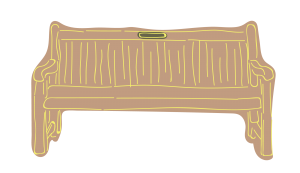
For the version of the game that was played in class and at the event, I changed and added a few things. There are more people, and different people. There are more speechbubbles. There are trees, and the sky and ground are different. There are benches that, when you collide with them, say one of two things: “We all love you so much,” or “It’s ok. You’re not the only one.” When I decided to add the benches, I was thinking about bench dedications in public parks. The plaques on those benches are so frequently messages to loved ones. They’re sweet and full of love. I don’t know that I want to explain further (because I don’t know that I’m in a good place to do so) the mental gymnastics that led me to want to include benches and their dedications in my game, beyond that I wanted to include messages of love and, in this case, messages of support.
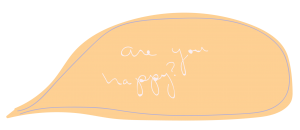
For the version I publish next Friday, I might change a few more things, maybe adding in some animations, or more people and speechbubbles. I consider the version I turned in on Thursday to be the final, completed version, and the one I assume will be graded, but I’d like it to be more polished before I put it online. I would also like to polish and then publish several of my other games from this quarter.
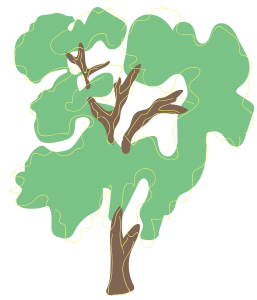
Making the games from this class has been a great exercise in quiet exploration of a few topics I’ve been trying to work through lately, like reflections on my mental health as it stood this time last year, and recent attempts to feel comfortable asking for help when I need it. I’m excited to make more games, and I’ve really enjoyed seeing everyone else’s this quarter.
